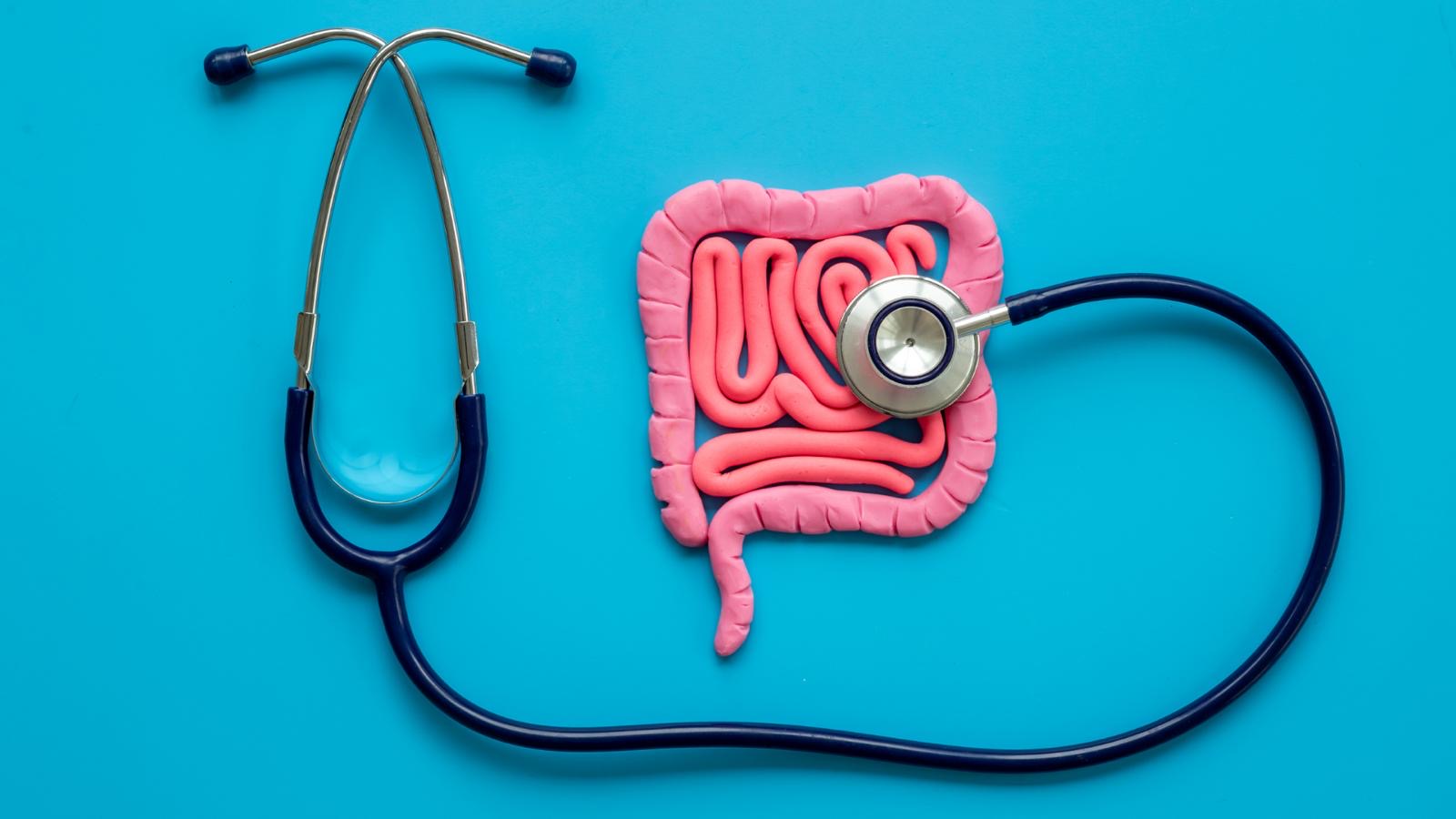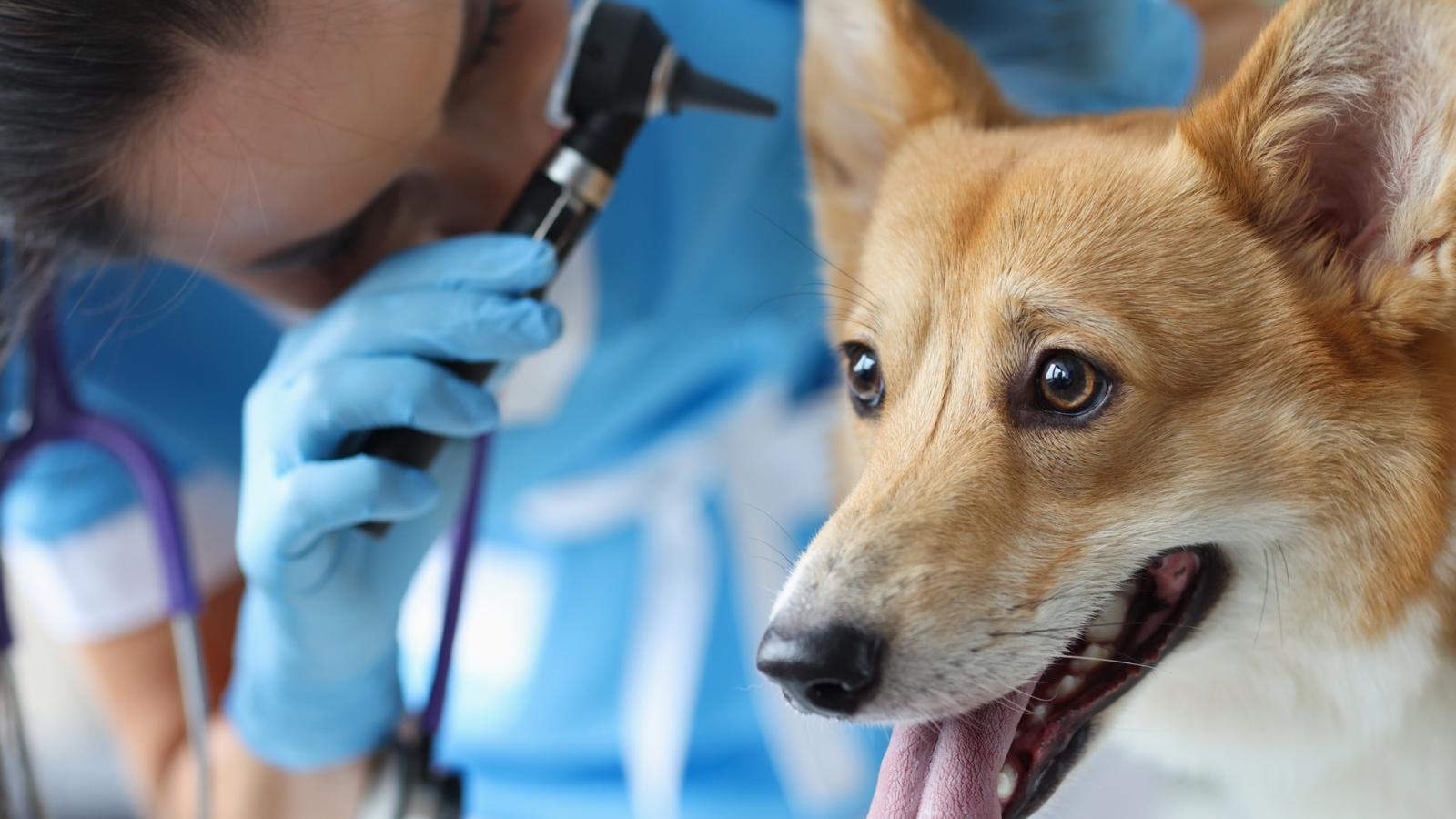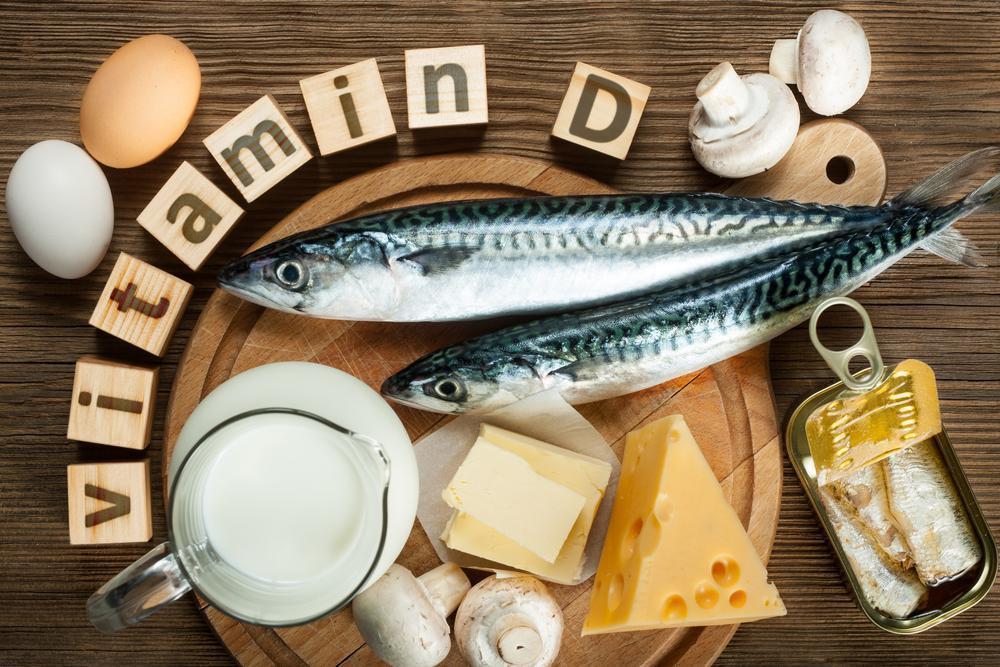Around 75% of dogs are believed to have a vitamin D deficiency!
Findings here
Rickets! Unlike bands from decades gone by, its comeback isn’t appreciated. In human health, cases of rickets are dramatically increasing. Sadly, there are also new cases appearing in the pet world.
Take the 6-month old female giant schnauzer who was presented to a veterinary college with a 1-month history of lameness and difficulty walking. She would also have episodes of yelping in pain with unknown triggers.
The diagnosis? A vitamin D deficiency (with secondary hyperparathyroidism).
Findings here
Vitamin D is often classed as one of the essential vitamins (or hormones) to overall health, so let’s take a look at it in a little more detail.
So, what is Vitamin D?
Despite its name, Vitamin D is actually a hormone that promotes calcium absorption. In human health, you will have heard it referenced as the sunshine vitamin as it is produced in the skin in response to sunlight (UV) exposure. In studies of hip fractures in humans, there appears to be a seasonal variation; more occur during winter months and fracture patients often have low vitamin D status. When supplemented with Vitamin D and calcium, incidences of fractures often reduce.
Findings here
So, vitamin D is particularly important in bone health.
This is no different for our pets.
However, unlike herbivores and omnivores,cats and dogs are unable to synthesise Vitamin D adequately in the skin. There is no seasonal change in concentrations and studies have shown that when fed a diet deficient in Vitamin D, puppies develop rickets which could not be prevented by exposure to UVB light.
Findings here
This means that cats and dogs are dependent on dietary sources of Vitamin D.
There are two forms of Vitamin D. Vitamin D2 is also known as ergocalciferol that occurs in plants and Vitamin D3, known as cholecalciferol, is created in the skin during exposure to UV light and occurs in animals. Cholecalciferol (D3) is of greatest nutritional importance to both cats and dogs and luckily it can be obtained from the consumption of animal products that contain it. It is defined as a fat-soluble vitamin, which means it can be stored in the body’s fatty tissue.
It’s true what they say, you are what you eat, or in this case, your pet.
Once vitamin D3 is formed in the skin (of animals who can do so), it binds and is then either stored or transported to the liver. Both D2 and D3 are biologically inactive and must undergo two more steps to be activated. This involves both the liver and the kidneys. Vitamin D3 is first absorbed through the intestines, then converted in the liver to 25- Hydroxyvitamin D (or 25VitD). The active form of vitamin D that the body uses is 1,25-dihydroxyvitamin D, also called calcitriol.
Vitamin D plays an indirect role in bone health by managing calcium levels in the body. It controls absorption of calcium in the intestine and the amount of calcium excreted by the kidneys. If Vitamin D levels are low, then the intestines struggle to absorb calcium.
Calcium is key to bone mineralisation(hardening), without calcium, bones are unable to form correctly. Not only that, but due to the lack of circulating calcium, the body mobilises it from the bones by way of increased parathyroid hormone. This not only weakens the bones, but it also creates a new issue, namely secondary hyperparathyroidism.
High levels of parathyroid hormone and low levels of calcitriol (the active form of Vitamin D) often lead to myopathy (muscle fibre weakness). Interestingly, biopsies have shown that vitamin D deficiency often results in predominantly type II muscle fibre atrophy. This maybe particularly relevant to those breeds who have more type II than type I fibres (speedy dogs vs. sled dogs).
Findings here
In humans, vitamin D deficiency manifests as back-pain, muscle atrophy, weakness and bone tenderness. Most dogs are stoic – they are great at hiding pain; they can’t tell you that they have back-ache. It takes an observant owner to notice the more subtle symptoms of this deficiency, but the more obvious symptoms of Vitamin D deficiency include:
- Simultaneous deficiency/imbalance in calcium/phosphorus
- Rickets (soft and weak bones in young dogs)
- Osteomalacia (soft and weak bones in adult dogs)
- Osteoporosis (weak bones leading to fractures)
- Neurological abnormalities
- Hypocalcemia (low calcium levels)
- Elevated parathyroid hormone (symptoms include bone pain, depression, kidney stones, hypertension, cardiac arrhythmias, and kidney failure)
- Posterior paralysis
- Ataxia (neurological issues including gait abnormality, difficulty walking, tremors)
- Quadriparesis (weakness in all four limbs)
Whilst Vitamin D is usually associated with skeletal issues, low levels are often associated with autoimmunity, infectious disease, diabetes, cardiovascular disease, obesity, neuromuscular disorders and cancer.
It must be noted that kidney disease can affect the conversion and metabolism of Vitamin D and so should be cautiously supplemented in kidney disease and status should be checked if kidney disease has been diagnosed.
Vitamin D and Autoimmunity
Increasing evidence is demonstrating a strong association between vitamin D signalling and biological processes that regulate immune responses. Vitamin D has been found to inhibit pro-inflammatory activity and cytokine production. It is thought to promote TH2 responses which may be protective in autoimmune disease. Vitamin D is also required for the production of natural killer cells which are known for killing virally infecting cells.
Findings here
Infectious Disease
Much like with autoimmune disease, calcitriol is thought to suppress pro-inflammatory cytokines and up regulate anti-inflammatory cytokines. Since the inflammatory response associated with many infectious diseases often increases severity and mortality, the ability to reduce inflammation may improve outcomes. Studies have shown that incases of infectious disease, Vitamin D concentrations were lower than anon-infected control.
Findings here
Diabetes
There is growing evidence that Vitamin D deficiency could be a contributing factor in the development of both type 1 and 2 diabetes. It is thought that cells found in the pancreas that secrete insulin contain vitamin D receptors. Studies have also shown that when treated with a therapeutic dose, vitamin D improves glucose tolerance and insulin resistance.
Findings here
Cognitive Function
Many studies are establishing a link between low vitamin D levels and cognitive decline in human patients. This would be no different for our pets. Vitamin D receptors are widespread in brain tissue and it has a role in cell growth, neurogenesis, neuroprotection, detoxification, and reduction of inflammation. Studies have also shown that low vitamin D levels in early life can affect brain development.
Findings here
Vitamin D and Cancer
Low concentrations are regularly reported in cancers of varying types. Interestingly, when supplemented, calcitriol has demonstrated induced remission in various tumours. It is still relatively unclear whether low levels contribute to the development of the disease, or if metabolism thereafter results in the low levels.
Findings here
Cardiovascular Disease
In humans, it has been established that low levels of Vitamin D are associated with a higher risk of myocardial infarction (heart attack). The vitamin D axis affects vascular muscle cell proliferation (remodelling or regeneration of cells), vascular calcifications (mineral deposits in arteries and veins), inflammation and blood pressure. Unfortunately, studies are inconsistent in concluding whether supplementation affects outcomes, which brings us to a particularly relevant point.
Causes of Vitamin D Deficiency
Whilst is it easy to assume that a deficient diet is to blame, it often becomes a chicken or egg scenario. Do low levels cause a particular health issue, or are the low levels as a result of the health issue?
Inflammatory Bowel Disease (IBD)
Low levels of Vitamin D are regularly noted in cases of inflammatory bowel disease. As Vitamin D is absorbed from the small intestine, it stands to reason that IBD results in impaired absorption via inflamed or otherwise functionally impaired epithelia. Not only that but during flares, some pets simply refuse to eat. However, there are also cases where human patients have reported low levels of vitamin D and subsequently developed inflammatory bowel disease. It is argued that the consequences of IBD can cause low levels of Vitamin D, but also, by having a low level in the first place, it can affect the patient’s immune response and predispose to inflammatory conditions.
Findings here
Exocrine Pancreatic Insufficiency (EPI)
EPI is a condition where the body doesn’t have enough pancreatic enzymes to correctly break down food. Not surprisingly it can lead to maldigestion, malabsorption, and ultimately malnutrition. Fat-soluble vitamin deficiencies are more common in cases of EPI due to fat malabsorption. Studies have shown that patients with EPI regularly suffer Vitamin A, D, E and K deficiencies.
Findings here
Interestingly, chronic pancreatitis is one of the main causes of EPI, and Vitamin D levels can predict the severity of pancreatitis.
Findings here
Genetic Factors
There are also genetic abnormalities that have an impact on Vitamin D metabolism. These genetic defects result in rickets and associated symptoms.
Findings here
Obesity
Low levels of Vitamin D are often found incases of obesity, yet it is argued that the low levels are simply because the vitamin is distributed into a larger volume of adipose tissue. However, in studies of fat loss, levels increase insignificantly. The other theory is that obesity is often paired with other metabolic disease, including fatty liver disease, and it is these diseases that impair Vitamin D metabolism.
Findings here
Health issues aside, a diet can be deficient in Vitamin D.
In their natural state, dogs and cats would have consumed their whole kill. Prey animals store Vitamin D, so when ingested regularly, Vitamin D deficiency should not occur.
Findings here
Food Sources of Vitamin D
- Flesh of fatty fish (salmon,tuna and mackerel),
- Fish Liver Oils
- Beef Liver,
- Egg Yolks,
Vitamin D and Commercial Diets
It was concluded quite early on that the inclusion of cereal in diets of growing animals increased severity and occurrence of rickets. This is due to their grain and subsequently, their phytic acid content. Phytic acid binds to many minerals, including calcium, preventing absorption. The reduction in calcium availability negatively affects bone health, which could potentially be confused for a Vitamin D deficiency. Screening of serum levels would therefore be essential.
There have also been instances of Vitamin D toxicity relating to some commercial foods. Dogs experiencing toxicity may vomit, drink, and urinate more, drool excessively and lose weight. Diet related toxicity tends to develop over time.
Findings here
The general rule of thumb is to provide sufficient levels of this key vitamin through a fresh food diet and only supplement when low levels have been established.
How much is enough?
Typically a 15kg dog would require between 125 and 750 IU of Vitamin D in their daily diet.
Vitamin D has been extensively studied for its essential role in the development and maintenance of a healthy skeleton. However, Vitamin D receptors are found all over the body! It is a key player in immune cell function and low levels of it have regularly been linked to increased risk of cardiovascular disease, infectious disease and autoimmune conditions. Dogs and cats are unable to adequately synthesise this sunshine vitamin in their skin, so they must rely on dietary sources. Feeding fresh foods regularly is essential, but there are times when Vitamin D metabolism can be inadequate. As always, if you are concerned about the nutritional status of your pet, seek professional advice.
We hope you found this helpful and if you wish to know more about what we do and the services we offer, please check us out.
Consultations
Thanks for reading!
MPN Team x











